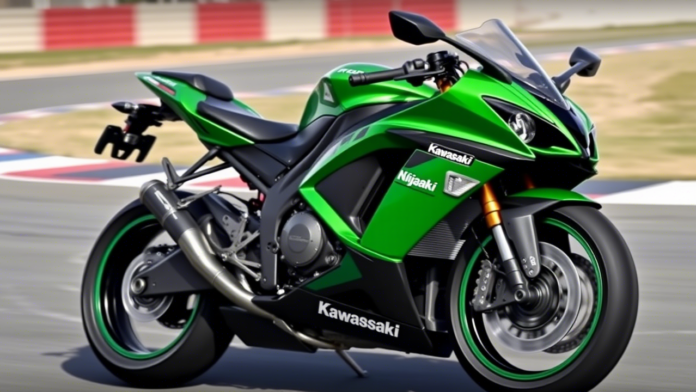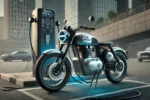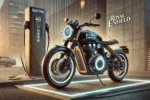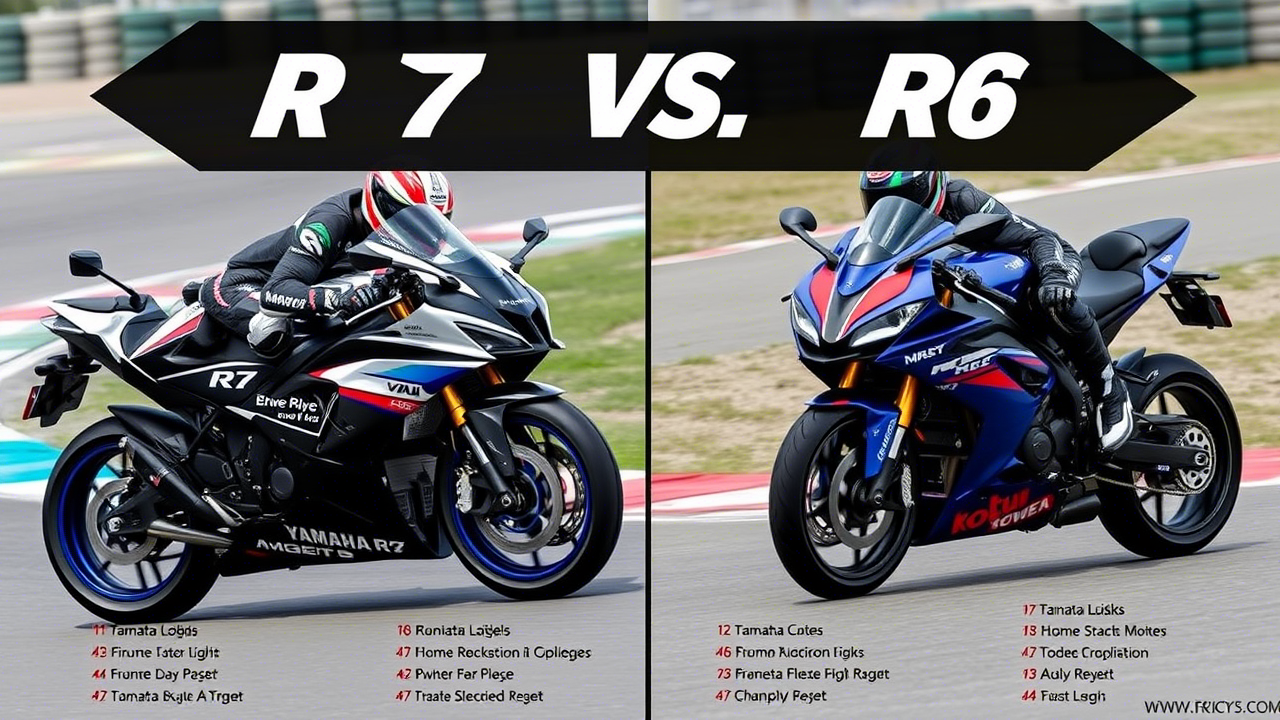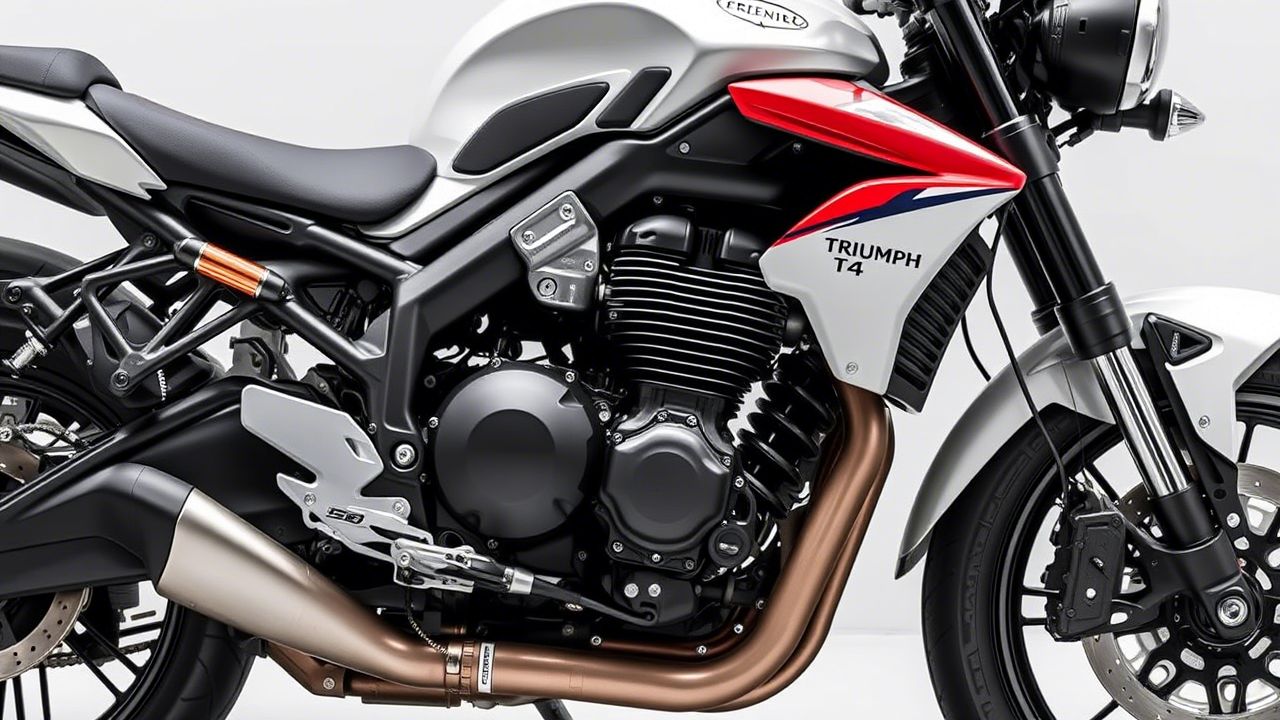The Kawasaki Ninja H2R is more than just a hyperbike; it is a feat of modern engineering. With an astonishing 331 horsepower, cutting-edge aerodynamics, and a supercharged inline-four engine, the H2R is built to dominate the track. In this article, we break down the engineering innovations that make the Ninja H2R a true 300+ HP powerhouse.
The Supercharged Engine: Power Like No Other
At the heart of the Kawasaki Ninja H2R lies a 998cc supercharged inline-four engine, producing an industry-leading 331 HP at 14,500 rpm and 166 lb-ft of torque at 12,800 rpm. Unlike traditional turbocharged motorcycles, Kawasaki’s in-house centrifugal supercharger delivers seamless and immediate power, providing unmatched acceleration.
Key Engine Highlights:
- Supercharger: Custom-designed for optimal power output without lag.
- Ram Air System: Increases airflow efficiency to enhance combustion.
- Precision Fuel Injection: Dual injectors per cylinder for better power delivery.
- High-Durability Components: Aerospace-grade materials ensure reliability at high speeds.
✅ Why It’s Special: Kawasaki’s supercharger is a game-changer, delivering instant boost without the lag of a turbocharged system.
Aerodynamics: Built for Extreme Speed
Speed requires control, and Kawasaki has incorporated advanced aerodynamics into the H2R’s design to ensure stability at speeds exceeding 255 mph (410 km/h).
Key Aerodynamic Enhancements:
- Carbon-Fiber Winglets: Generate downforce to keep the bike stable at high speeds.
- Aggressive Fairing Design: Reduces air resistance and improves airflow.
- Single-Sided Swingarm: Enhances weight distribution and cornering performance.
✅ Why It Matters: Without these enhancements, controlling a 300+ HP bike at extreme speeds would be nearly impossible.
Cooling & Exhaust System: Handling Extreme Heat
With extreme horsepower comes extreme heat. Kawasaki has equipped the H2R with an advanced cooling system to keep temperatures in check.
Cooling & Exhaust Innovations:
- Large-Volume Radiator: Enhances heat dissipation for sustained performance.
- Ram Air Intake: Increases cooling efficiency at high speeds.
- Titanium Exhaust System: Lightweight and heat-resistant for optimal airflow.
✅ Why It’s Essential: A high-performance engine needs a well-designed cooling and exhaust system to maintain peak efficiency and longevity.
Braking & Suspension: Taming the Beast
At over 300 horsepower, the H2R demands high-performance braking and suspension to maintain control on the track.
Braking System:
- Front Brakes: Dual 330mm Brembo semi-floating discs with radial-mounted calipers.
- Rear Brakes: 250mm Brembo disc with dual-piston caliper.
Suspension Setup:
- Front Suspension: 43mm Öhlins inverted fork with adjustable damping.
- Rear Suspension: Öhlins TTX36 shock absorber with remote preload adjustment.
✅ Why It’s Critical: With speeds exceeding 250 mph, stopping power and stability are just as crucial as acceleration.
Advanced Electronics: Precision Control
The H2R is loaded with high-tech electronic systems that allow riders to harness its immense power safely and effectively.
Key Electronic Features:
- Kawasaki Traction Control (KTRC) – Multi-mode system for optimal grip.
- Kawasaki Quick Shifter (KQS) – Smooth, clutchless upshifts and downshifts.
- Launch Control Mode (KLCM) – Maximizes acceleration from a standstill.
- Full-Color TFT LCD Display – Provides real-time performance data.
✅ Why It’s a Game-Changer: These features make the Ninja H2R both a high-speed powerhouse and a precision-engineered machine.
Conclusion: The Ultimate Engineering Marvel
The Kawasaki Ninja H2R is not just a motorcycle; it’s a technological masterpiece. With aerospace-inspired engineering, a supercharged 331 HP engine, advanced aerodynamics, and top-tier electronics, it remains the ultimate track weapon.
Final Verdict:
🏆 The Ninja H2R is the closest thing to a Formula 1 bike on two wheels.
Would you take the Kawasaki Ninja H2R to its limits? Share your thoughts in the comments!

